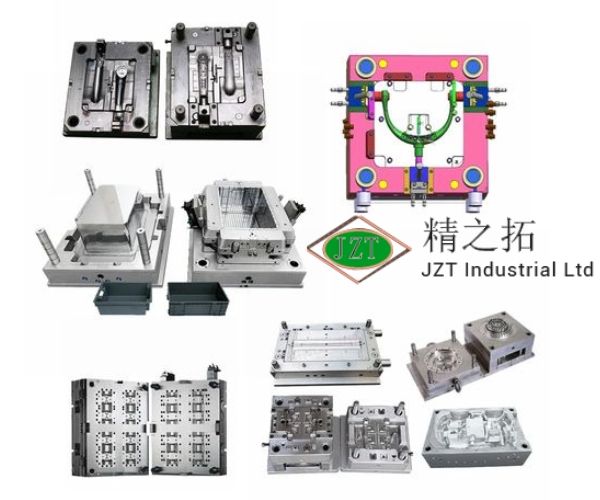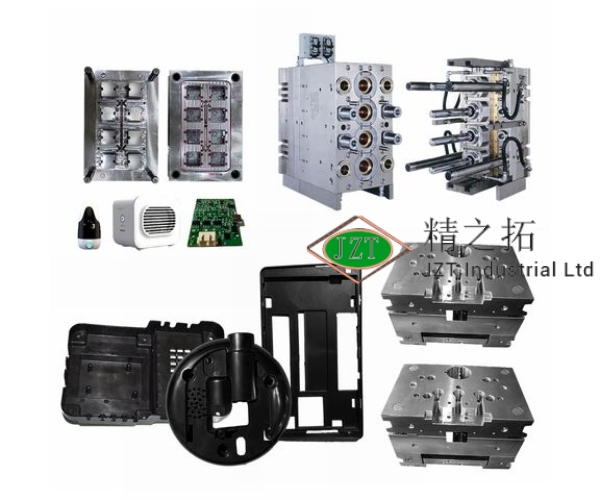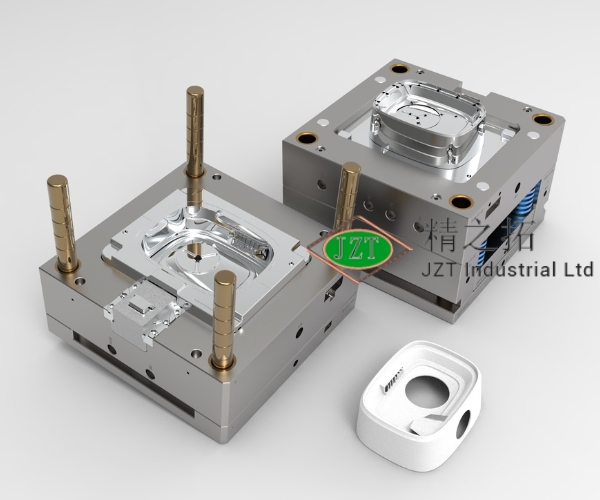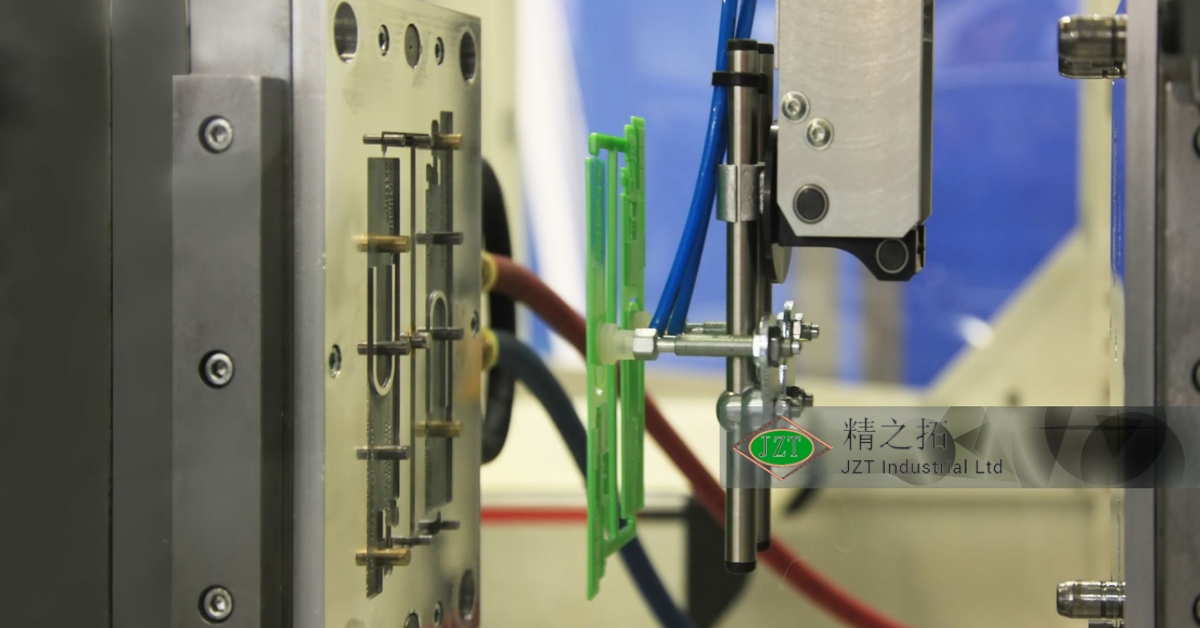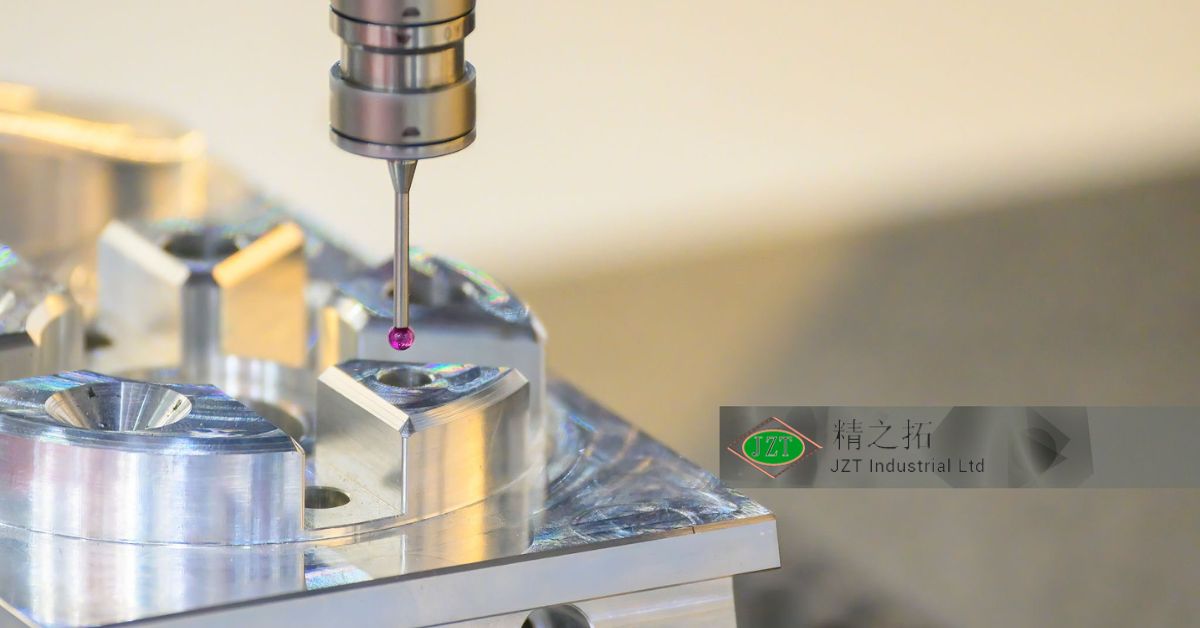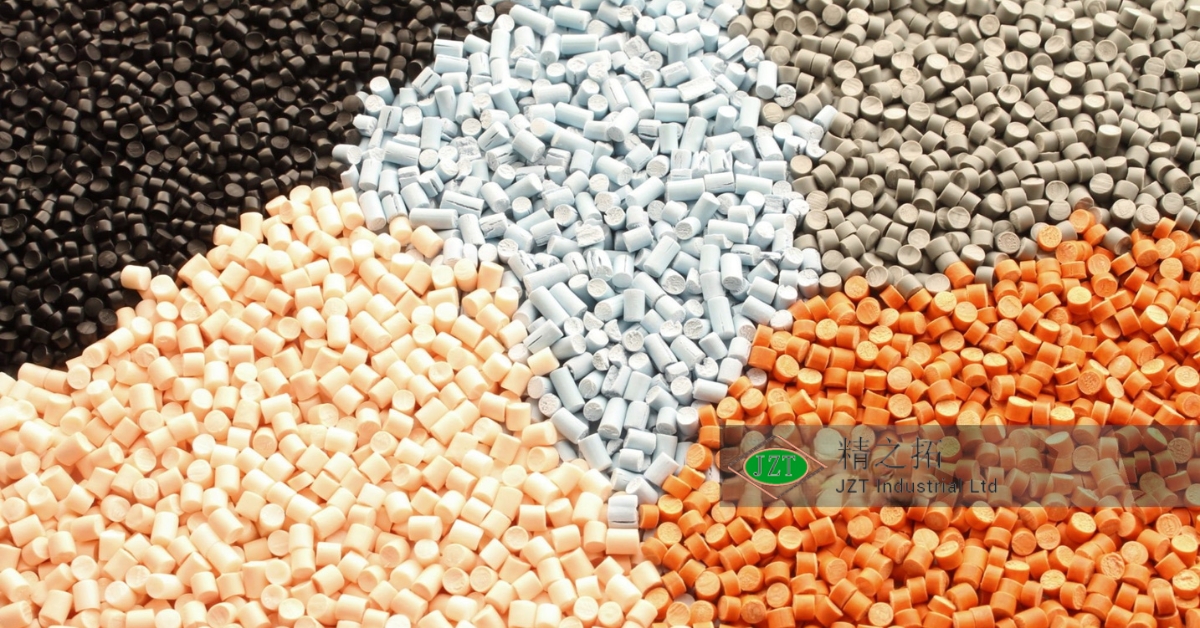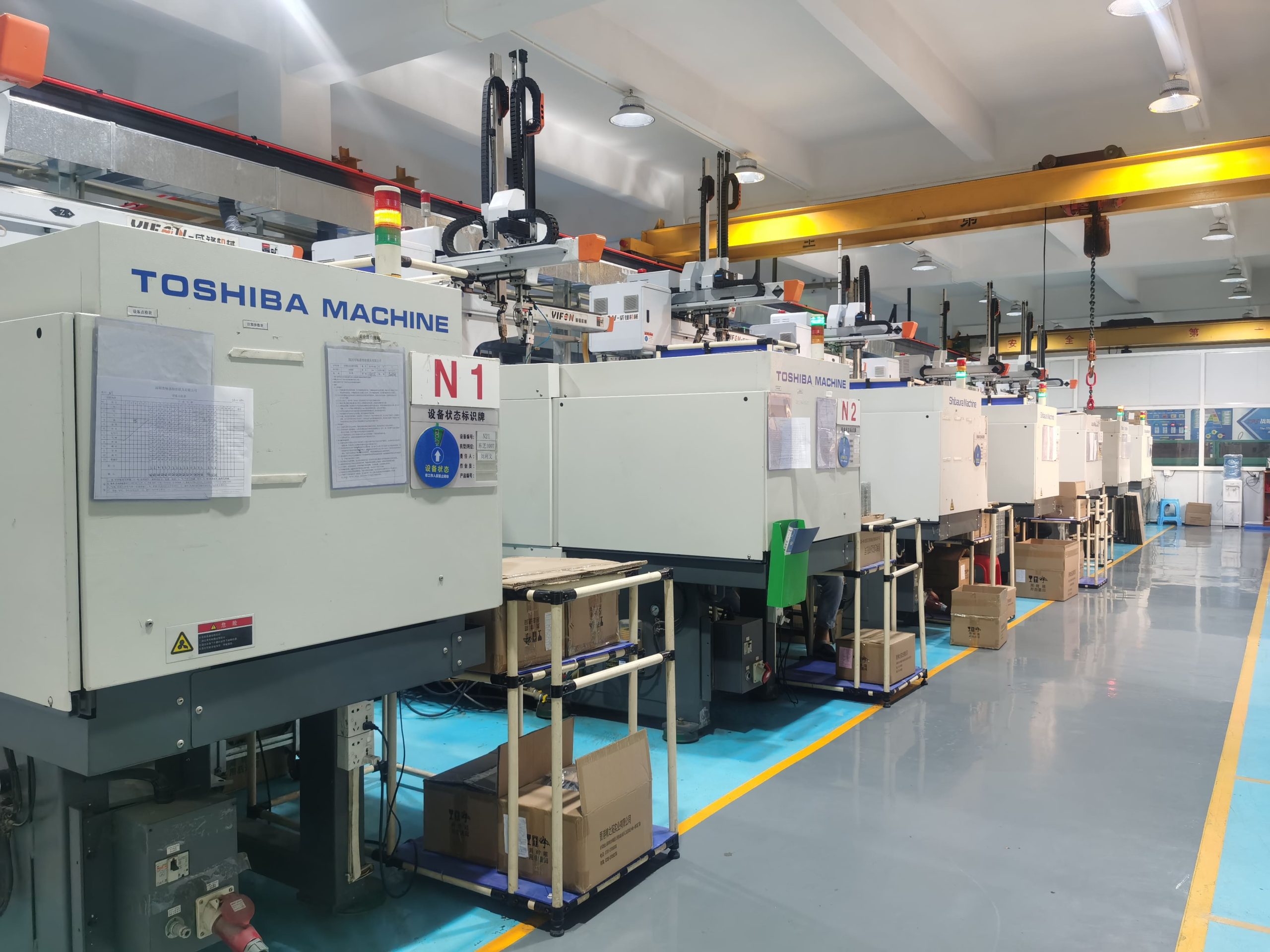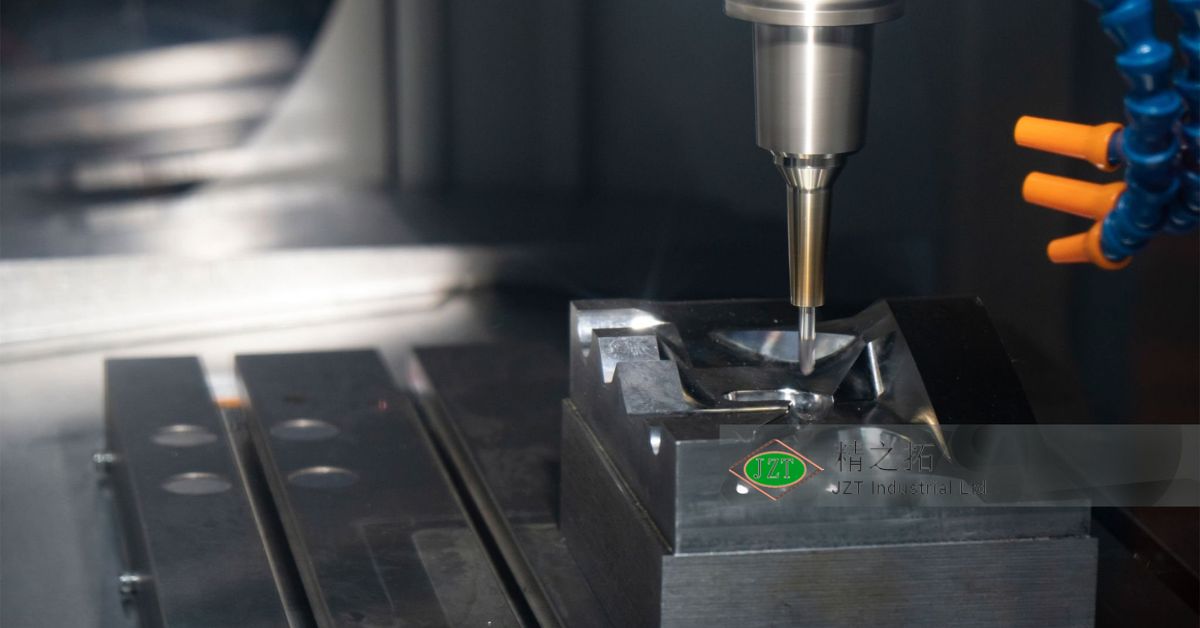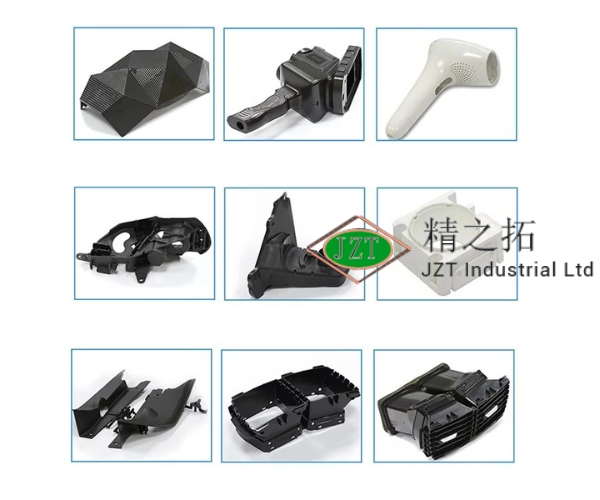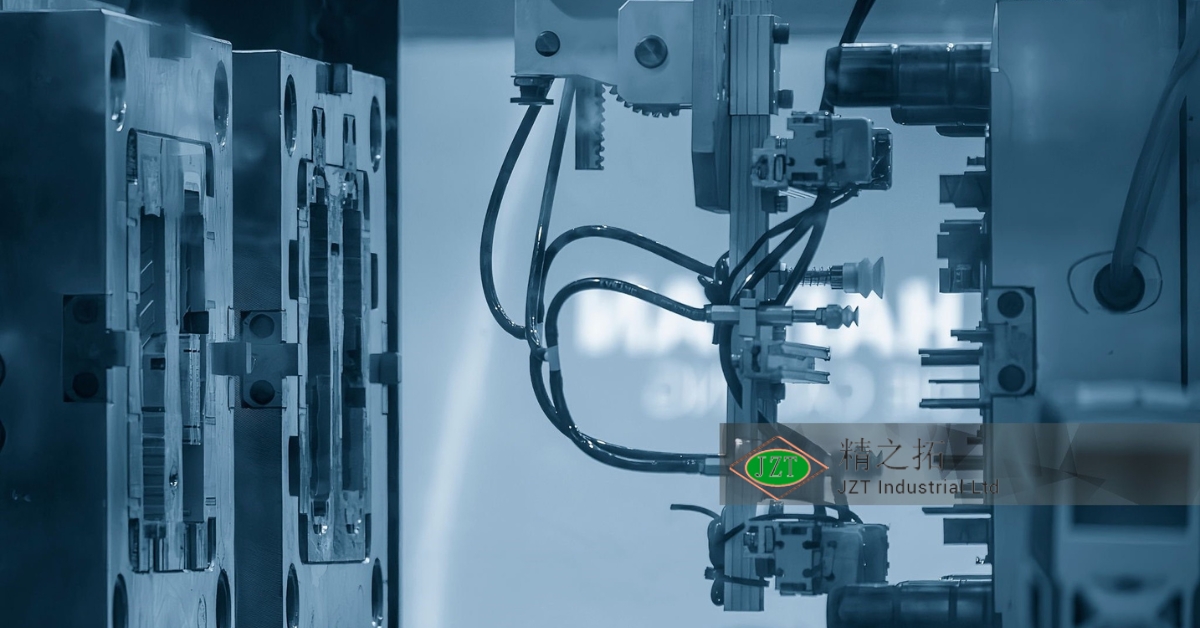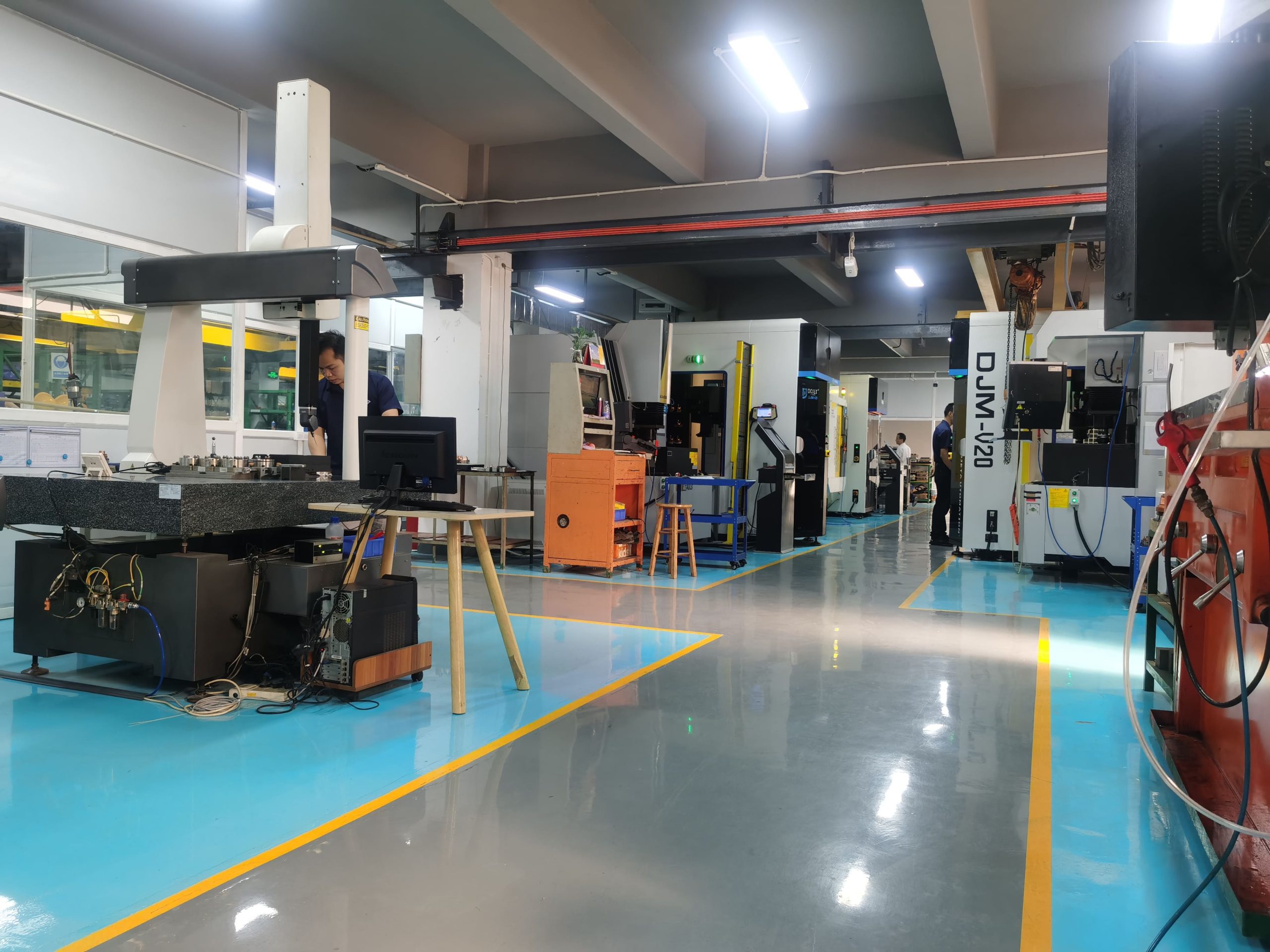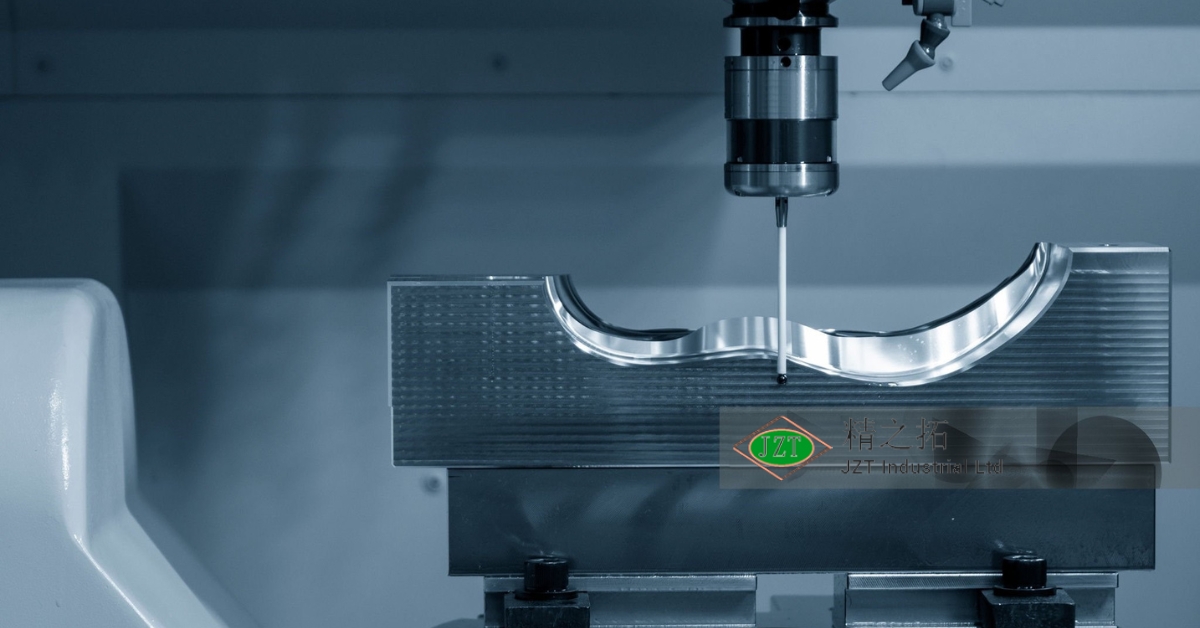導入
プラスチック射出成形 has become one of the most widely used manufacturing processes for producing カスタムプラスチック部品 at scale. It is favored across industries, from automotive and medical devices to electronics, due to its ability to deliver high-quality parts with precision and consistency. For プラスチック部品メーカー, maintaining both quality and efficiency in production is crucial. High defect rates can lead to increased costs, wasted materials, and delays, all of which affect a company’s bottom line and reputation.
This article will explore how plastic injection molding reduces defects and enhances production efficiency, providing insights into key practices, advanced technologies, and best practices that ensure high-quality production. We will delve into the common defects encountered in plastic injection molding, the methods used to prevent them, and the impact of automation and quality control in optimizing production.
Understanding Common Defects in Plastic Injection Molding
Overview of Defects
で プラスチック射出成形, defects are unwanted variations or inconsistencies that occur during the molding process, leading to parts that do not meet quality standards. These defects can arise from a variety of factors, including mold design issues, material properties, process settings, and machine maintenance. When defects occur, they not only compromise the integrity and functionality of the part but also reduce production efficiency, as defective parts often require rework or scrapping.
Types of Common Defects
- ワーピング: Warping occurs when different parts of a plastic part cool and solidify at varying rates, leading to internal stresses that cause the part to bend or twist out of shape. This defect is common when cooling is uneven or too rapid and can compromise the structural integrity of the part.
- ヒケ: Sink marks appear as indentations on the surface of a molded part. They typically result from uneven cooling or thick sections of plastic that shrink as they solidify. Sink marks can affect the aesthetics and strength of the part, making them particularly problematic for visible or load-bearing components.
- フラッシュ: Flash is an excess of plastic material that leaks out of the mold cavity and solidifies along the edges of the part. It is often caused by improper clamping, high injection pressure, or mold damage. Flash can affect the functionality of a part and may require additional finishing processes to remove.
- ショートショット: A short shot occurs when the mold cavity is not filled completely, leading to an incomplete or undersized part. This defect is usually due to inadequate injection pressure, material viscosity issues, or blocked gates, and results in a part that fails to meet design specifications.
- 溶接ライン: Weld lines appear as visible lines on the part where two or more flow fronts meet and solidify. These lines can weaken the part and affect its appearance. Weld lines are typically caused by poor flow dynamics or complex part geometries.
Impact of Defects on Production
Each defect type presents unique challenges in terms of both quality and efficiency. High defect rates increase production costs through wasted materials and extended cycle times due to rework. For プラスチック部品メーカー, minimizing defects is essential for maintaining efficiency and delivering high-quality parts. Not only do defects result in financial losses, but they also delay product delivery and reduce customer satisfaction. This is why manufacturers invest significantly in reducing defect rates and optimizing the injection molding process to enhance production efficiency.
How Injection Molding Reduces Defects
Reducing defects in プラスチック射出成形金型 involves a combination of precision engineering, careful material selection, and strict process controls. By implementing these strategies, プラスチック部品メーカー can minimize the occurrence of defects, leading to more efficient production and higher quality parts. Let’s explore some of the most effective methods for reducing defects in injection molding.
Precision Mold Design and Engineering
A well-designed mold is the foundation of defect-free production. Mold design directly affects how the molten plastic flows, cools, and solidifies, all of which influence the quality of the final part. Engineers work to create molds that ensure even material flow and cooling, minimizing issues such as warping, sink marks, and short shots. Key design elements that impact quality include gate placement, venting, cooling channels, and wall thickness.
For example, precise gate placement helps control how plastic fills the mold, reducing the likelihood of weld lines and short shots. Cooling channels are strategically positioned to enable uniform cooling, which helps prevent warping and shrinkage. Through proper engineering, manufacturers can ensure that their molds are optimized to produce カスタムプラスチック部品 that meet exact specifications with minimal variation.
Mold Flow Analysis and Simulation
モールドフロー解析 is a powerful tool that allows manufacturers to simulate how molten plastic will flow within the mold before production begins. This analysis helps identify potential issues such as air traps, weld lines, and uneven cooling areas, which can lead to defects if left unaddressed. By analyzing the flow characteristics, engineers can make adjustments to the mold design to improve part quality and reduce defects.
For example, mold flow simulation can reveal areas where the plastic may cool too quickly or where material flow may cause stress points. Engineers can then modify the mold design, add more cooling channels, or adjust gate positions to address these issues. By identifying and correcting potential problems before production starts, mold flow analysis reduces trial-and-error cycles and minimizes the likelihood of defects in the final product.
Consistent Material Selection
Selecting the right material for each part is essential for reducing defects and ensuring long-term durability. Each plastic material has unique characteristics, such as melting temperature, viscosity, and cooling rate, which affect how it behaves in the mold. Using materials with properties that match the part’s functional requirements and mold design can reduce defects like warping, sink marks, and short shots.
For instance, materials that have high shrinkage rates may cause issues with dimensional accuracy if not managed correctly. By choosing materials that are compatible with the mold design and process parameters, manufacturers can reduce the risk of defects and improve part consistency. Working closely with material suppliers to source high-quality, reliable plastics is essential for maintaining efficiency and minimizing quality issues in プラスチック射出成形.
Controlled Temperature and Pressure Settings
Accurate temperature and pressure control are vital for preventing common injection molding defects. If the temperature of the molten plastic or the mold is not controlled properly, issues like warping, sink marks, or weld lines can occur. Similarly, incorrect pressure settings can lead to short shots or flashing.
Manufacturers implement strict controls on temperature and pressure to ensure that the plastic fills the mold evenly and solidifies consistently. Advanced injection molding machines are equipped with sensors and automated controls that adjust these parameters in real time, ensuring stability throughout the production process. By maintaining consistent temperature and pressure, manufacturers can produce parts with fewer defects and maintain high levels of quality.
Optimized Cooling Systems
Cooling is one of the most critical phases in injection molding, as it directly affects the part’s final shape and dimensions. If the cooling rate is too fast or uneven, defects like warping, sink marks, and internal stresses may occur. Optimized cooling systems are designed to remove heat uniformly across the mold, allowing the part to solidify without distortion.
Cooling channels are strategically placed within the mold to ensure even heat dissipation. By carefully controlling the cooling process, manufacturers can reduce defects associated with uneven cooling and produce parts with consistent quality. Advanced cooling techniques, such as conformal cooling, use 3D-printed channels that follow the shape of the mold cavity, providing more efficient heat removal and reducing cycle times.
High-Quality Tooling and Maintenance
Quality tooling is essential for defect-free production. プラスチック射出成形金型 undergo significant wear and tear over time, and even small imperfections in the mold surface can lead to defects like flash or surface irregularities. Regular maintenance and inspection of molds help identify wear issues and ensure that the mold remains in optimal condition.
Routine maintenance includes checking for signs of wear, polishing mold surfaces, and inspecting cooling channels for blockages. High-quality tooling and proactive maintenance practices enable manufacturers to prevent defects caused by mold wear, extending the mold’s lifespan and improving part quality.
The Role of Automation and Technology in Reducing Defects
Automation and advanced technologies have transformed the プラスチック射出成形 process, allowing manufacturers to achieve higher levels of quality and efficiency. By incorporating automated systems, machine learning, and robotics into production, manufacturers can reduce human error, enhance consistency, and detect defects in real time.
Automated Quality Control
Automated quality control systems monitor each step of the injection molding process, identifying any deviations from expected parameters. These systems use sensors to track temperature, pressure, cycle times, and other critical factors. When deviations occur, automated controls can make adjustments or halt production to prevent defective parts from advancing down the line.
For example, if the system detects an inconsistency in temperature, it can automatically adjust the heating elements or alert technicians to check the mold. Automated quality control ensures consistent quality across production runs and reduces the likelihood of defects reaching the end customer.
Advanced Robotics in Material Handling
Robotics play a significant role in reducing defects by improving the precision and speed of material handling. Automated robotic arms can load materials, remove parts from the mold, and perform secondary operations such as trimming or inspection. These tasks, if performed manually, can introduce variation and increase the risk of defects due to human error.
By using robotics, manufacturers can standardize material handling and minimize contamination, producing parts with greater consistency and quality. Robotics also allows for faster cycle times, enabling manufacturers to maintain high levels of production efficiency without sacrificing quality.
Machine Vision Systems for Defect Detection
Machine vision systems use cameras and software to detect surface defects, dimensional inaccuracies, and other quality issues in real time. These systems scan each part as it is produced, comparing it to a predefined standard and identifying any anomalies. If a defect is detected, the system can remove the part from the production line and alert operators to investigate the issue.
Machine vision systems are particularly valuable for detecting defects that may not be visible to the human eye, such as small surface imperfections or slight dimensional variations. By catching defects early in the production process, manufacturers can reduce waste and avoid delays caused by rework or additional inspection steps.
AI and Predictive Analytics for Process Optimization
Artificial intelligence (AI) and predictive analytics are transforming プラスチック射出成形 by enabling manufacturers to optimize processes based on historical data. By analyzing data from previous production runs, AI algorithms can predict potential defects and adjust process parameters in real time to prevent them.
For instance, predictive analytics can identify trends in material viscosity or temperature fluctuations that may lead to defects. The system can then adjust temperature settings or injection pressure to mitigate these risks. This proactive approach allows manufacturers to maintain quality and efficiency, minimizing downtime and reducing defect rates.
Benefits of Automation for Consistency
Automation ensures consistent results across production runs, which is essential for high-volume manufacturing. Automated systems reduce human error, maintain stable process conditions, and allow for real-time monitoring of quality parameters. This consistency translates into fewer defects, higher efficiency, and a more reliable production process.
Enhancing Production Efficiency Through Injection Molding
Reducing defects is only one part of optimizing プラスチック射出成形; enhancing production efficiency is equally critical for maximizing profitability and meeting customer demands. Injection molding offers several advantages that allow プラスチック部品メーカー to produce parts quickly, accurately, and with minimal waste.
High-Speed Production Capabilities
One of the main advantages of injection molding is its speed. Once the mold is set up, the production cycle is relatively short, often lasting only a few seconds. This allows manufacturers to produce large volumes of parts in a short time, significantly boosting productivity. The fast cycle time is ideal for industries that require high production rates, such as automotive and consumer goods.
のために プラスチック部品メーカー, high-speed production capabilities enable them to meet tight deadlines and fulfill large orders without compromising on quality.
Multi-Cavity Molds for Mass Production
Multi-cavity molds are molds designed with multiple cavities, allowing multiple parts to be produced in a single cycle. By using multi-cavity molds, manufacturers can double, triple, or even quadruple their output without increasing cycle times. This setup is particularly beneficial for high-volume production, where maximizing efficiency is crucial.
Multi-cavity molds reduce costs and increase production efficiency by allowing manufacturers to produce multiple parts at once. This approach also helps maintain part consistency, as all parts produced in the same cycle are subject to identical conditions.
Quick Changeovers and Modular Tooling
Quick changeovers and modular tooling improve production flexibility by allowing manufacturers to switch between molds quickly. This flexibility is particularly useful for manufacturers producing a variety of カスタムプラスチック部品 with different designs or specifications.
By minimizing downtime between production runs, manufacturers can improve efficiency and reduce lead times. Modular tooling also allows for greater customization, as manufacturers can adapt the mold configuration to produce different parts without requiring extensive setup.
Cycle Time Optimization
Optimizing cycle time is crucial for achieving efficiency in injection molding. Cycle time consists of several stages, including injection, cooling, and ejection. By refining each stage, manufacturers can reduce cycle times without sacrificing quality.
For example, effective cooling systems can shorten cooling time, while automated ejection mechanisms speed up the removal of parts from the mold. Through careful optimization, manufacturers can reduce cycle times, increasing output and lowering production costs.
In-Mold Assembly and Overmolding
In-mold assembly そして overmolding are techniques that combine multiple components into a single part during the molding process. This eliminates the need for post-production assembly, reducing labor costs and cycle times.
In-mold assembly is particularly useful for parts that require multiple materials or functional components, such as soft-touch grips on handles or integrated gaskets. By incorporating these features into the molding process, manufacturers can streamline production and increase efficiency.
Material Efficiency and Waste Reduction
Injection molding is an inherently material-efficient process. The plastic is injected into the mold, and any excess material can often be recycled and reused. Unlike machining processes that create a significant amount of scrap, injection molding generates minimal waste.
Manufacturers can further reduce material waste by using techniques like hot runner systems, which minimize plastic waste by keeping the material in a molten state throughout the process. This not only reduces costs but also supports sustainable production practices.
Key Process Controls to Maintain Quality and Efficiency
Process controls are essential for maintaining both quality and efficiency in プラスチック射出成形. By monitoring and adjusting key parameters, manufacturers can prevent defects and ensure consistent quality across production runs.
Temperature Control
Temperature control is critical to preventing defects like warping and sink marks. Both the mold and the material need to be maintained at optimal temperatures to ensure proper flow and solidification. Advanced molding machines are equipped with precise temperature control systems, allowing manufacturers to maintain consistent temperatures throughout the production process.
Pressure Control During Injection
Controlling the injection pressure ensures that the mold cavity fills evenly and completely. If the pressure is too low, it can lead to short shots, while excessive pressure can cause flashing. Proper pressure control is achieved through advanced injection molding machines that monitor and adjust pressure in real time, ensuring consistent part quality.
Cooling Time and Mold Temperature Control
Proper cooling is essential for dimensional stability and preventing warping. By optimizing cooling time and mold temperature, manufacturers can reduce defects and cycle times. High-quality molds with well-designed cooling channels enable faster cooling while maintaining part accuracy.
Proper Venting and Gate Design
Venting and gate design play a crucial role in reducing defects like air traps and weld lines. Proper venting allows trapped air to escape during injection, preventing voids and other defects. Gates control the entry point of the molten plastic, and their design affects the flow pattern, ensuring even distribution throughout the mold.
Automation of Quality Checks
Automated inspection systems perform quality checks on each cycle, ensuring that all parts meet required specifications. These systems can detect defects in real time, allowing for immediate adjustments to prevent further issues. By automating quality checks, manufacturers reduce the risk of defective parts reaching customers and improve overall production efficiency.
Statistical Process Control (SPC)
Statistical Process Control (SPC) is a method used to monitor and control the injection molding process. By tracking key parameters and identifying trends, manufacturers can ensure consistent quality and detect issues early. SPC helps maintain process stability, making it easier to produce parts with minimal variation and high quality.
Challenges in Achieving High Efficiency and Low Defect Rates
Even with advanced プラスチック射出成形 techniques, achieving high efficiency and low defect rates presents unique challenges. Factors such as complex part designs, material selection, and tooling requirements can impact production quality and efficiency. Let’s examine some common challenges and how manufacturers overcome them to maintain consistent production standards.
Design Complexity
Complex part designs can increase the likelihood of defects and slow down the production process. Parts with intricate geometries, thin walls, or multiple undercuts require more precise molding techniques and optimized mold designs. Complex designs may lead to uneven cooling or issues with material flow, resulting in defects like warping or weld lines.
To address these challenges, manufacturers use advanced design software to simulate the molding process and predict potential problem areas. Mold flow analysis, for instance, allows engineers to refine designs, ensuring that the mold can handle intricate shapes while maintaining part integrity and dimensional accuracy.
Material Properties and Compatibility
The material chosen for カスタムプラスチック部品 must align with both the part’s functionality and the injection molding process. Certain materials, such as high-temperature plastics or those with unique mechanical properties, can be challenging to mold. Variations in material properties like viscosity, melting point, and shrinkage can lead to inconsistencies in the final product.
Manufacturers work closely with material suppliers to select high-quality plastics that match the production requirements. Additionally, they may conduct preliminary tests to determine the material’s behavior during the molding process, ensuring compatibility with the mold and desired part specifications. This careful material selection process is essential for reducing defects and enhancing production efficiency.
Tooling and Maintenance Requirements
Tooling is a critical component of プラスチック射出成形 and directly impacts quality and efficiency. High-quality molds are expensive to produce, and wear and tear over time can lead to defects if not maintained properly. Regular maintenance is necessary to prevent common issues such as flashing or surface irregularities caused by mold wear.
By implementing a proactive maintenance schedule, manufacturers can ensure that molds remain in optimal condition, reducing the risk of defects and extending the mold’s lifespan. Regular inspections, cleaning, and minor repairs prevent production slowdowns and maintain consistent part quality over long production runs.
Balancing Speed and Quality
In injection molding, there is often a trade-off between speed and quality. Faster cycle times improve production efficiency but can introduce defects if not carefully managed. For instance, if cooling time is reduced too much to speed up production, it can lead to warping or sink marks due to uneven cooling.
To balance speed and quality, manufacturers use optimized cycle times that maintain part integrity without sacrificing productivity. Advanced molding machines with precise control systems allow manufacturers to adjust parameters in real time, optimizing cycle times for both speed and quality.
Managing Cycle Time for Different Part Sizes
Different part sizes and geometries require specific cycle times to ensure proper cooling and solidification. Larger parts may take longer to cool, while smaller parts can be produced more quickly. Managing these variations can be challenging, especially in a production environment with diverse product lines.
Manufacturers overcome this challenge by designing molds and process settings tailored to each part’s size and complexity. By fine-tuning the cycle time and adjusting cooling systems, they can ensure that each part is produced efficiently without compromising quality. This approach enables manufacturers to maintain high efficiency across a wide range of products.
Case Studies: Successful Reduction of Defects and Increased Efficiency in Injection Molding
Real-world examples of successful defect reduction and efficiency improvements in プラスチック射出成形 provide valuable insights into the strategies and technologies manufacturers use. Here are some case studies that highlight effective methods in various industries.
Case Study 1: Automotive Industry
An automotive parts manufacturer faced issues with warping and extended cycle times in the production of engine components. By implementing an optimized cooling system with conformal cooling channels, they were able to achieve uniform cooling across the mold. This approach not only reduced warping but also shortened cycle times by 20%, enabling the company to meet high production demands more efficiently.
Additionally, the manufacturer incorporated mold flow analysis to fine-tune the mold design, reducing material flow inconsistencies that were causing defects. This combination of advanced cooling techniques and simulation-based design optimization resulted in higher quality parts and a more efficient production process.
Case Study 2: Medical Devices
A medical device manufacturer encountered issues with precision and dimensional accuracy when producing complex surgical instruments. These parts required tight tolerances and a flawless surface finish. By utilizing automated quality control systems with machine vision for real-time defect detection, they identified minor surface imperfections early in the process.
The company also adopted a multi-cavity mold setup to increase output without sacrificing quality. Automated robotics handled material loading and part ejection, reducing human error and enhancing consistency. As a result, the manufacturer achieved defect-free production, meeting the rigorous standards of the medical industry while improving production efficiency.
Case Study 3: Consumer Electronics
A manufacturer of consumer electronics faced challenges with high defect rates in the production of smartphone casings due to weld lines and flashing. By implementing predictive analytics and AI-driven monitoring, they optimized temperature and pressure settings, minimizing weld lines and reducing flash defects.
Machine vision systems were employed to inspect each casing for surface imperfections, catching defects before the parts moved further along the production line. With these technological upgrades, the company reduced defects by 30% and increased overall production efficiency, enabling them to meet tight time-to-market deadlines.
Case Study 4: Packaging Industry
In the packaging industry, a company producing plastic caps and closures used in-mold assembly techniques to combine multiple parts into a single piece. This eliminated the need for post-molding assembly, reducing labor costs and cycle times. Automated quality checks ensured that each part met required specifications, further enhancing efficiency and reducing defects.
Through the adoption of multi-cavity molds and modular tooling, the manufacturer scaled production while maintaining consistent quality. This approach enabled the company to produce high volumes of parts with minimal waste, increasing productivity and reducing overall costs.
Choosing the Right Injection Molding Partner for Quality and Efficiency
For businesses looking to optimize quality and efficiency in プラスチック射出成形, selecting the right プラスチック部品メーカー is a crucial decision. The expertise, capabilities, and technology of the manufacturing partner will significantly impact the quality and efficiency of the final product.
Experience with High-Precision and High-Volume Projects
Experience in handling high-precision and high-volume projects is a key factor when choosing a プラスチック部品メーカー. Manufacturers with a proven track record in high-performance industries, such as automotive, medical devices, and consumer electronics, bring valuable insights and techniques for defect reduction and efficiency improvement.
Access to Advanced Technologies and Automation
The right manufacturing partner should have access to advanced technologies, including robotics, automation, and real-time monitoring systems. These technologies help maintain consistent quality, reduce defects, and speed up production. A partner with automated quality control and predictive maintenance capabilities can ensure reliable, high-quality production.
Quality Control Processes and Certifications
Certifications like 9001 認証 そして 13485 認証 reflect a manufacturer’s commitment to maintaining high-quality standards. These certifications ensure that quality control processes are in place throughout the production cycle, reducing the risk of defects and ensuring that all parts meet strict regulatory standards. Choosing a certified manufacturer can give you peace of mind that your parts will consistently meet your quality requirements.
Scalability and Flexibility
Production needs can change, and it’s important to work with a manufacturer that offers scalability and flexibility. A partner capable of handling varying production volumes and complex designs without compromising on quality and efficiency will be better equipped to meet your business’s evolving needs.
Strong Communication and Support
Effective communication and support are essential for addressing any production issues quickly. A responsive manufacturing partner will work collaboratively with you, providing feedback, updates, and solutions to any challenges that arise. This level of support helps maintain smooth production and ensures that any potential issues are resolved before they impact the final product.
結論
プラスチック射出成形 is an indispensable manufacturing process that not only reduces defects but also significantly increases production efficiency. By combining advanced mold design, precise process controls, automation, and real-time quality monitoring, manufacturers can produce カスタムプラスチック部品 with remarkable consistency and quality. These methods help reduce common defects like warping, sink marks, and flashing, while also enhancing production efficiency through high-speed cycles, multi-cavity molds, and optimized cooling systems.
のために プラスチック部品メーカー, investing in these advanced techniques and working with a reliable manufacturing partner can lead to significant cost savings, faster time-to-market, and improved product quality. By continuously refining their processes and adopting new technologies, manufacturers can stay competitive and meet the high standards demanded by industries such as automotive, medical devices, and consumer electronics.
よくある質問
How does injection molding help reduce production defects?
Injection molding reduces defects by using precise mold design, controlled temperature and pressure settings, optimized cooling systems, and real-time quality control through automation. These techniques help minimize issues like warping, sink marks, and weld lines, leading to more consistent and high-quality parts.
What are the main factors that affect production efficiency in injection molding?
Key factors include cycle time optimization, use of multi-cavity molds, automation, and effective material handling. By managing these factors, manufacturers can increase production speed while maintaining part quality, ultimately enhancing efficiency.
How do mold design and material selection impact defect rates?
Mold design and material selection are crucial for minimizing defects. Properly designed molds ensure even material flow and cooling, reducing issues like short shots and warping. Choosing the right material based on its properties, such as viscosity and shrinkage rate, also reduces the risk of defects.
What role does automation play in improving quality and efficiency?
Automation reduces human error, enhances consistency, and enables real-time monitoring of quality parameters. By automating processes like material handling, part ejection, and inspection, manufacturers can achieve higher efficiency and maintain consistent quality across production runs.
What should I look for when choosing an injection molding partner focused on quality?
Look for a partner with experience in high-precision projects, access to advanced technology, strong quality control processes, scalability, and excellent communication. Certifications like ISO 9001 indicate a commitment to quality, and having a flexible, responsive partner ensures that your production needs are met efficiently.

